Many years ago, when I was in high school, my family, on their way to a summer in Maine, stopped to visit The Brotherhood of Christians also known as The Bruderhof, in Rifton, New York. At that time, any visitor joined in with the work that was the life sustaining neccessity required of every member of the community. The community produced and processed its own food, had its own school, and had a toy factory that manufactured very special and well-made wooden toys. The atmosphere was pleasant, friendly and quiet, but my sisters and I – looking forward to proms, graduation and meeting friends at the mall – were unsure about this way of life that was so alien to us. We were city girls who had no concept of being shut away from the world.
I truthfully have just scattered memories of the time spent at this community of The Bruderhof. Men and women dressed in the same style of dress, small apartments and a huge community ‘mess hall’ where all shared a meal at noon – a dish that we dubbed ‘Community Casserole’ that was a delicious combination of sauteed onions, celery, ground beef and rice, tea time, my father returning from a day in the toy factory all covered in sawdust and a farm of livestock and gardens that fascinated me, comprise the main of my recollections. However, spending a day peeling tomatoes for ketchup production stands out the most in my memory. I had never seen so many tomatoes in one place and I had never experienced peeling blanched tomatoes; skins slipping off of not-quite-soft whole tomatoes, juice running between fingers, across palms and down the forearm to drip, elbow as a spigot, onto the floor, into the lap or by happenstance into the bowl. To me, it was hillarious that I was even doing it and it has since become a family laugh. I’m pleased to remember that I threw myself into the work with gusto and considered that I was playing an important role in the continuing existence of this group of people…ok…so I’m pleased to remember it that way, but I’m pretty sure that I was not all that altruistic or enthusiastic.
It was the copper kettles that form my vision of the day the most. In the large room where we worked, a huge copper kettle over flames contained boiling water into which fresh tomatoes were dropped for an instant and then retrieved to put into ice water. These cooled tomatoes were transferred to us, peelings split and curling, ready for our knives to help continue the process of removing the skins and cores. The naked tomatoes were then sent to other large copper kettles where they were boiled down with spices and vinegar to make ketchup. It was my introduction to “canning” and left an indelible impression of heat, moisture and the overpowering smell of warm tomatoes. Those sensations revisit me every year as I now produce my own tomato products from the juicy, red jewels gathered from my garden. Who knew back then, that this city girl was a farm girl at heart?!
And so, with this post, I thought that I would invite you into my kitchen for a quick lesson on canning tomatoes. I have had a bumper crop this year with several “pounders” or larger, with an average size of nearly 3/4 pounds per tomato. I have had no hornworms or aphids and the typical fungus prone to Oklahoma seems to be in check. Blossom-end rot appeared at first, but was nipped in the bud (pun intended) by a healthy dose of lime and I have had no need for any kind of pest control at all. What a great year! I feel pressed to make use of every garden gift, wasting nothing, realizing that in Oklahoma next year may be a total bust!
Canning Quartered Tomatoes
Step 1: Wash fresh, firm tomatoes and leave whole. Bring water to a boil in a large stockpot and drop in tomatoes until full. Allow water to return to a boil, but watch for tomatoes as skins begin to split. Remove those tomatoes one by one and drop into iced water.
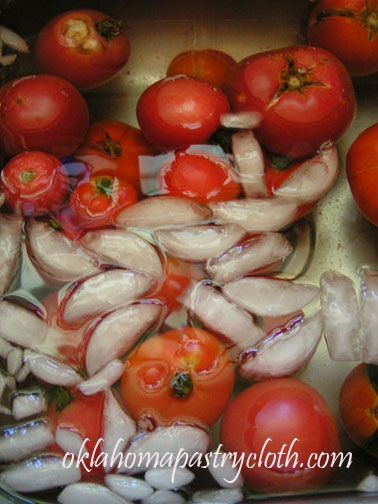
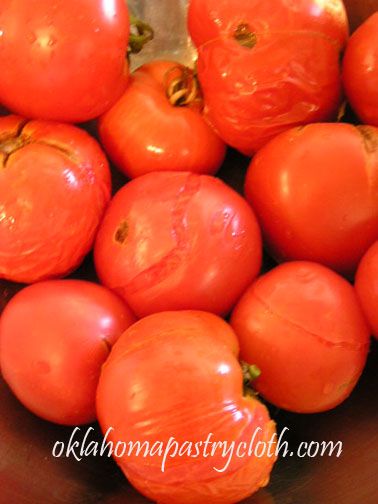
Step 2: In order to catch extra juice, over a large bowl remove the top center of each tomato with stem and lift peel off of the fruit. Place refuse into a second bowl. Quarter the tomatoes and place into the large bowl.


You can also juice the tomatoes and can just the juice if you like. My GreenLife Juicer makes quick work of the tomatoes.

Step 3: Place tomatoes and juice into canning jars to within 1/2″ of the top of the jar. Add 1/2 tsp. canning or uniodized salt to each pint or 1 tsp to each quart. Use a knife to gently move around the inside perimeter of the jar to remove any air bubbles.
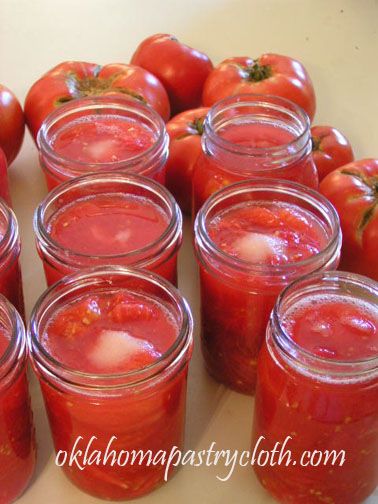

Step 4: With a damp cloth, wipe the tops of the jars to remove any juice, salt or pulp. Using lids that have been boiled and then kept warm in the water, place lids and rings onto jars and tighten, but not too tight.
Step 5: Because tomatoes are so acidic, they do not have to be pressure-canned like green beans and other low acid foods. The process used to can tomatoes is called ‘waterbath canning’ and is much less time consuming. A waterbath canner is simply a stainless or enameled large stock pot with a rack. Fill the canner about halfway with cool water and balance the rack on the top edge of the pot out of the water. The rack has handles that help to accomplish this. Place the jars into the rack and, when full, lower the rack of jars into the water. If the water level is not one inch over the tops of the jars, add more water. Bring the water to a boil and at the point of boiling, set a timer for 10 minutes. When the timer sounds, turn off the heat and using tongs to catch the handles and oven mits to protect hands, carefully lift the rack out of the boiling water and replace onto the top edge of the canner.
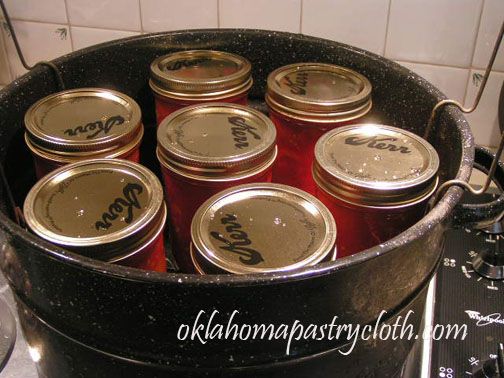

Step 6: Using canning tongs, remove jars from rack and place onto a kitchen towel on a counter to cool. Listen for the pingy pop that indicates that the vacuum has completed. Make sure that when the jars are cooled that the lids are flat with no give. If a lid has a bump in the center and pops when pressed, the jar did not seal and must be refrigerated or used immediately. Store vacuumed jars in pantry.
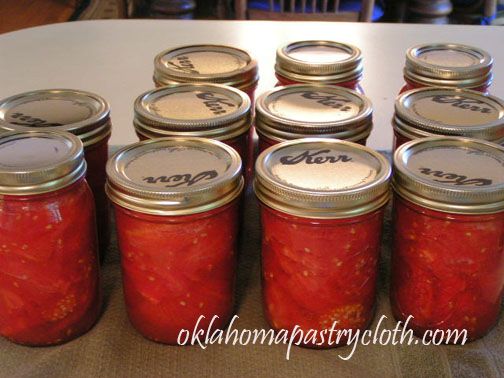
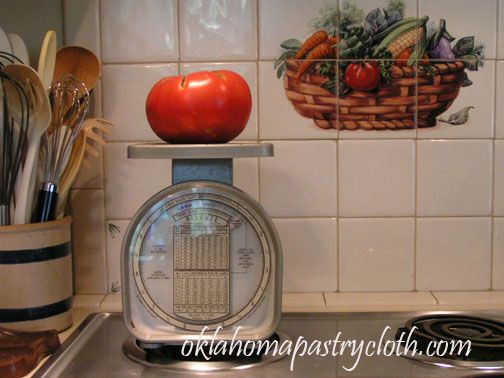



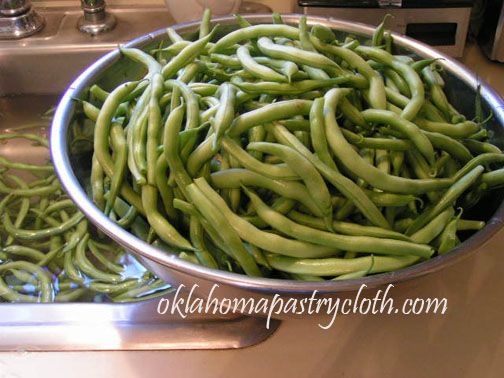


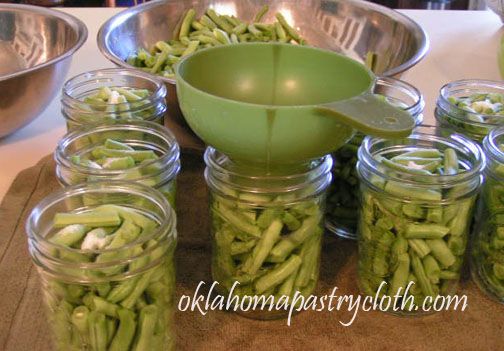
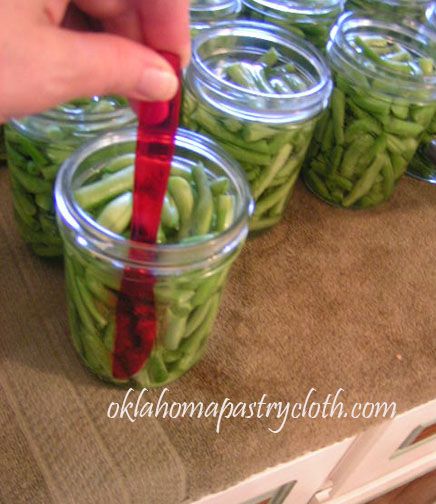
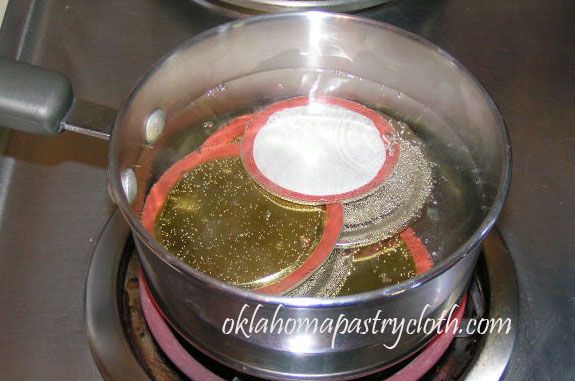
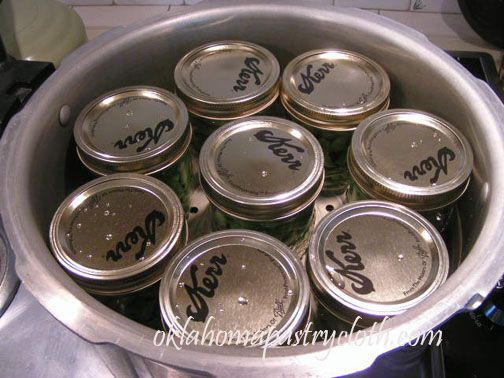
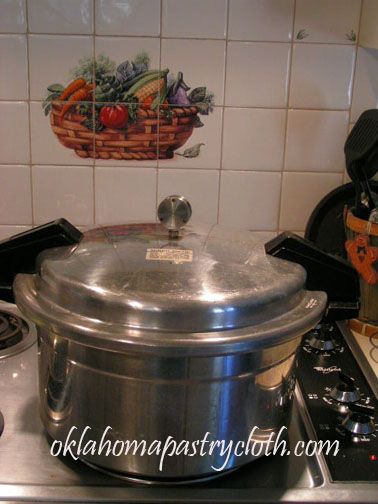
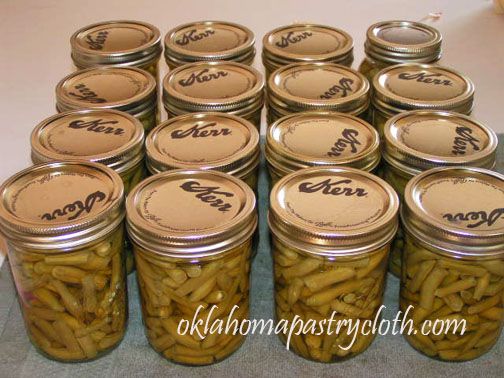
 Homestead Revival
Homestead Revival Paratus Familia
Paratus Familia Rural Revolution
Rural Revolution